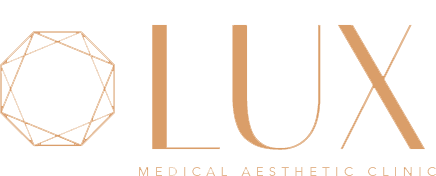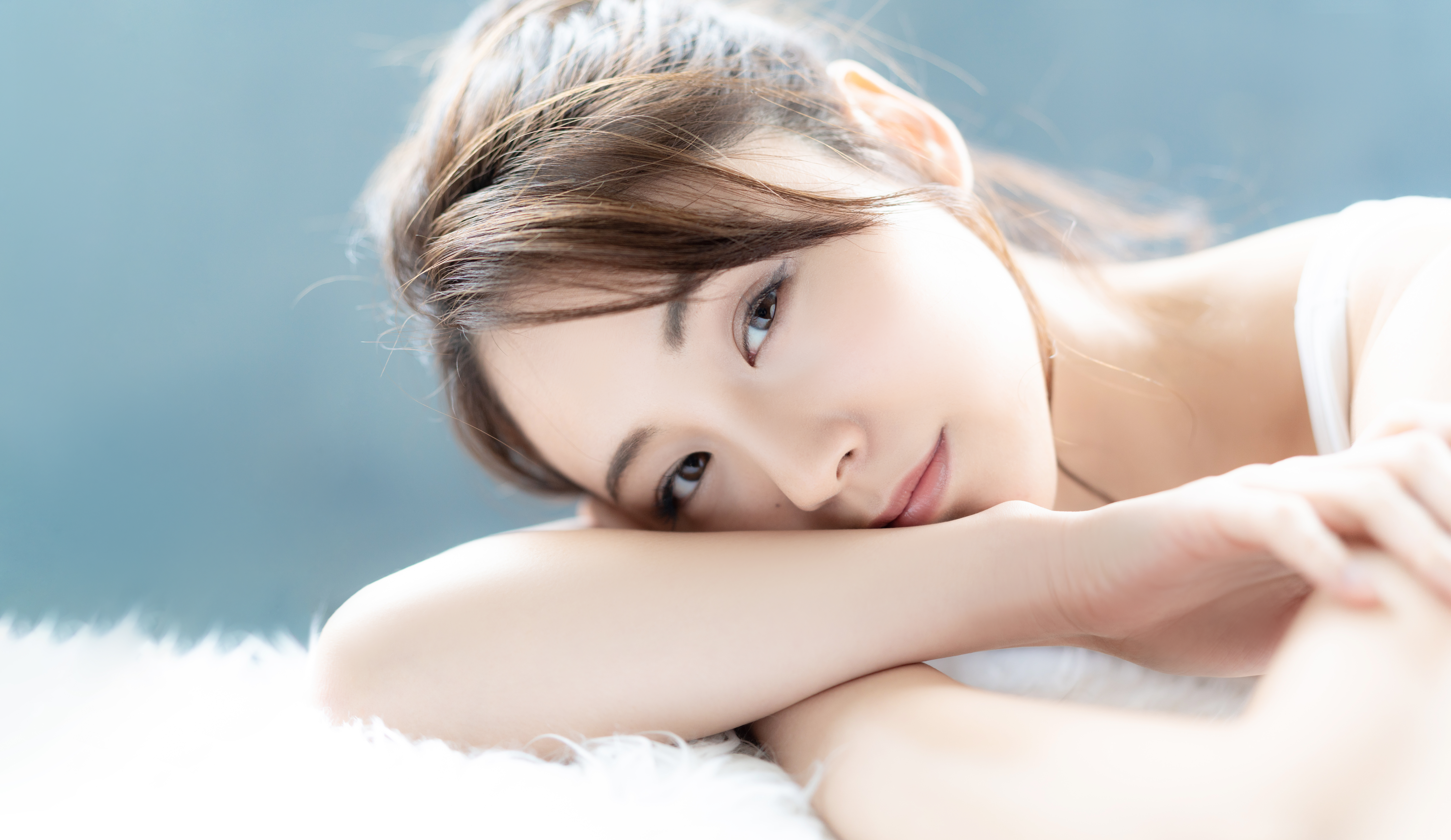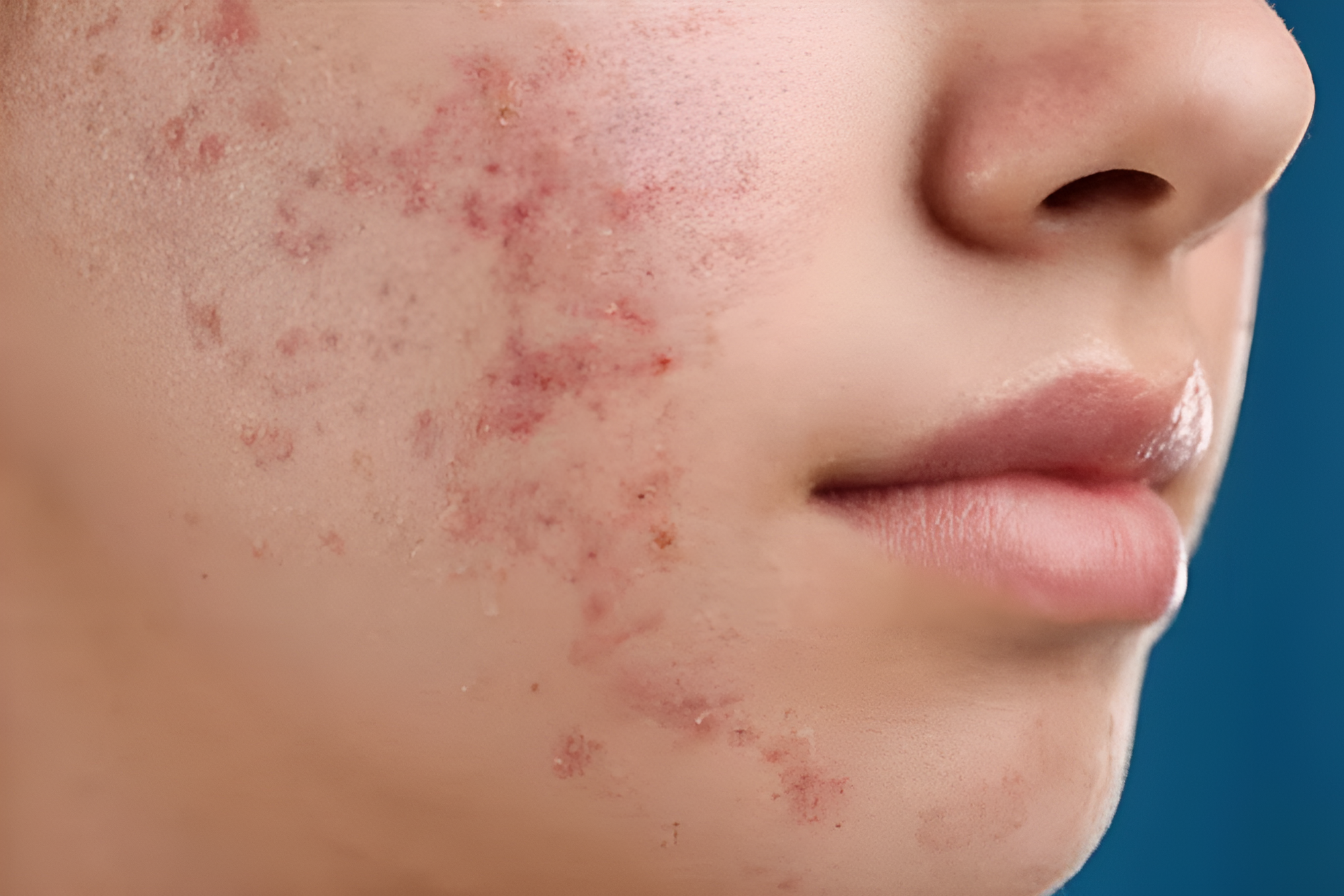If you’ve ever struggled with persistent breakouts that don’t seem to go away, you might be dealing with fungal acne or hormonal acne. These two common skin concerns can look similar but have very different causes. While hormonal acne is linked to changes in your body’s hormones, fungal acne is caused by an overgrowth of yeast on the skin.
Understanding the difference between the two is crucial because using the wrong treatment can worsen things. In this guide, we’ll break down the key differences, symptoms and the best ways to manage each condition so you can finally get the skin you want.
What is Fungal Acne?
Fungal acne, also known as Malassezia folliculitis or Pityrosporum folliculitis, is a skin condition caused by an overgrowth of the different species of yeast Malassezia. The population of Malassezia can increase significantly when the weather is hot and humid. It also thrives in sweaty areas of the body, including the face and scalp. This overgrowth disrupts the natural balance of skin flora, leading to an infection of the hair follicle.
What is Hormonal Acne?
Fluctuations in hormone levels primarily drive hormonal acne. This type of acne is most common in teenagers, pregnant women and individuals experiencing menstrual cycle or menopause.
Hormonal fluctuations are caused by a spike in androgen levels, which leads to excess sebum production. All that excess oil can clog hair follicles and trap dead skin cells. Combine that with the presence of acne-causing bacteria in the skin, and you have the perfect environment for pimples to grow and thrive.
Hormonal acne can be more challenging to treat due to its internal triggers, often requiring a combination of skincare and hormonal therapies.
Fungal Acne vs Hormonal Acne: The Differences
Understanding the differences between hormonal and fungal acne is key to choosing the right treatment. Here’s a detailed comparison between the two:
| Factor | Fungal Acne | Hormonal Acne |
|---|---|---|
| Causes |
|
|
| Symptoms |
|
|
| Lesion Type |
|
|
| Location |
|
|
| Depth of Breakouts |
|
|
The treatment approach for fungal and hormonal acne differs due to their underlying causes.
Fungal Acne Treatment
- Topical antifungals. Over-the-counter and prescription creams, gels or shampoos containing ingredients like ketoconazole, econazole, or selenium sulfide can be effective against fungal acne. These are often used as body washes to help eliminate yeast from the skin and prevent fungal infections.
- Oral antifungals. For more severe cases, dermatologists may prescribe oral antifungal medications such as fluconazole or itraconazole. These are generally more effective because they target the yeast deeper within the hair follicles.
- Dandruff shampoos. Shampoos containing pyrithione zinc or selenium sulfide can be used as body washes. They help maintain a healthy balance of yeast on the skin and can be used regularly to prevent recurrences.
- Lifestyle changes. It’s recommended to shower and change out of sweaty clothes immediately after exercise, wear loose-fitting clothing and maintain good hygiene. Limiting sugar and carbohydrates in your diet can also help reduce yeast overgrowth.
Hormonal Acne Treatment
Hormonal acne is primarily treated by addressing the underlying hormonal imbalances. Here are common treatment methods:
- Topical treatments. Products containing benzoyl peroxide, salicylic acid or retinoids can help reduce hormonal acne by unclogging pores and reducing inflammation.
- Hormonal therapies. Hormonal treatments such as birth control pills can help regulate hormones and reduce acne. Anti-androgen medications like spironolactone may also be prescribed to decrease oil production, helping to prevent hormonal acne. These treatments are particularly beneficial for women.
- Oral medications. Your doctor might prescribe antibiotics to reduce inflammation and bacterial growth or isotretinoin for persistent acne that does not respond to other treatments.
- Lifestyle modifications. Stress management through regular exercise, mindfulness practices and adequate sleep can also help control hormonal fluctuations that trigger acne breakouts.
Prevention Strategies
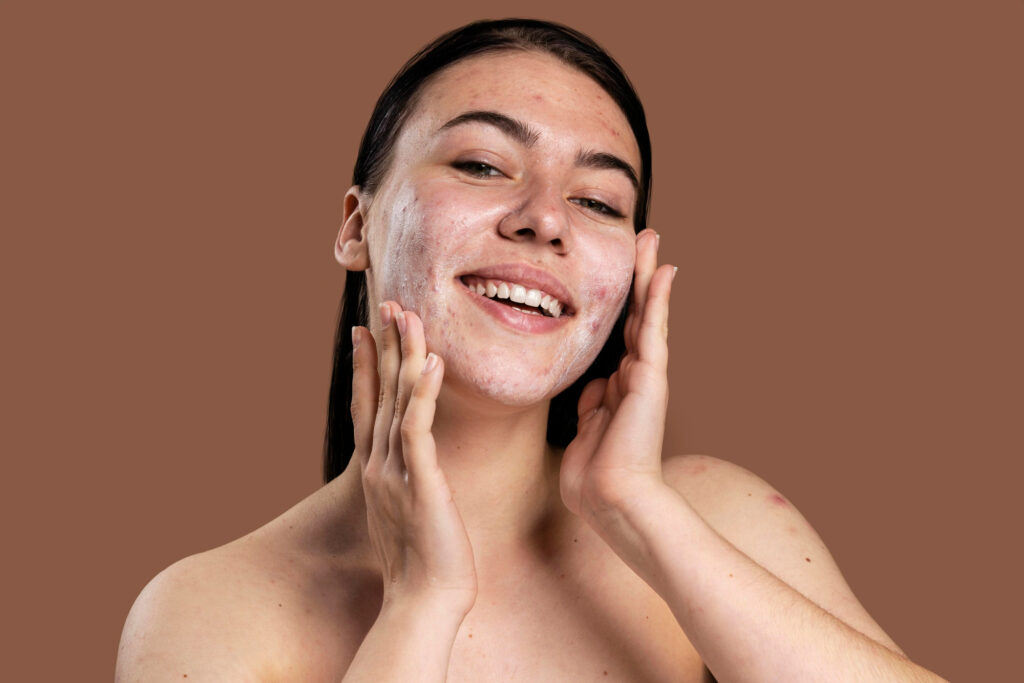
Fungal and hormonal acne are two distinct skin conditions that require different prevention strategies. Understanding how to prevent these conditions can significantly reduce the risk of outbreaks.
Dietary and Lifestyle Considerations
For Fungal Acne
- Make sure your skin is sweat-free. Shower promptly after sweating to remove moisture that can promote fungal growth.
- Wear breathable fabrics. Choose loose-fitting clothing made from natural fibres (e.g., cotton, linen, and bamboo) to enhance air circulation and minimise sweating.
- Limit sugar and carbohydrate intake. Reduce the intake of sugary and carbohydrate-rich foods, as yeast thrives on these.
- Good hygiene practices. Avoid reusing sweaty workout clothes without washing them to prevent exposure to bacteria and fungi.
For Hormonal Acne
- Consume a balanced diet. Prevent hormonal acne by consuming whole foods, including fruits, vegetables and lean proteins. Limit processed food and sugar intake to help regulate hormone levels.
- Manage stress levels. Practice stress-management techniques such as exercise, meditation or yoga to control hormonal fluctuations.
- Stay hydrated. Ensure adequate water intake to maintain skin hydration and assist in flushing out toxins that may exacerbate your hormonal acne.
Skincare Routine
For Fungal Acne
- Use antifungal shampoo or face/body wash daily. Incorporate an antifungal shampoo or wash containing ketoconazole or selenium sulfide into your skincare routine once or twice a week.
- Avoid tight clothing. Wearing loose clothing can reduce skin irritation and prevent fungal growth.
For Hormonal Acne
- Establish a consistent skincare regimen that includes the following:
- Gentle cleansing. A mild cleanser removes excess oil and impurities without stripping the skin of much-needed moisture.
- Exfoliation. To prevent clogged pores, incorporate gentle exfoliation. Popular exfoliating products include salicylic acid, retinoic acid and glycolic acid.
- Non-comedogenic products. Choose makeup and skincare products labelled as non-comedogenic to avoid clogging pores that trigger the formation of hormonal acne.
By following these dietary, lifestyle and skincare strategies, individuals can manage the risk of fungal and hormonal acne. Regular consultations with a qualified aesthetic practitioner are essential for tailored advice and treatment options.
When to Seek Professional Help
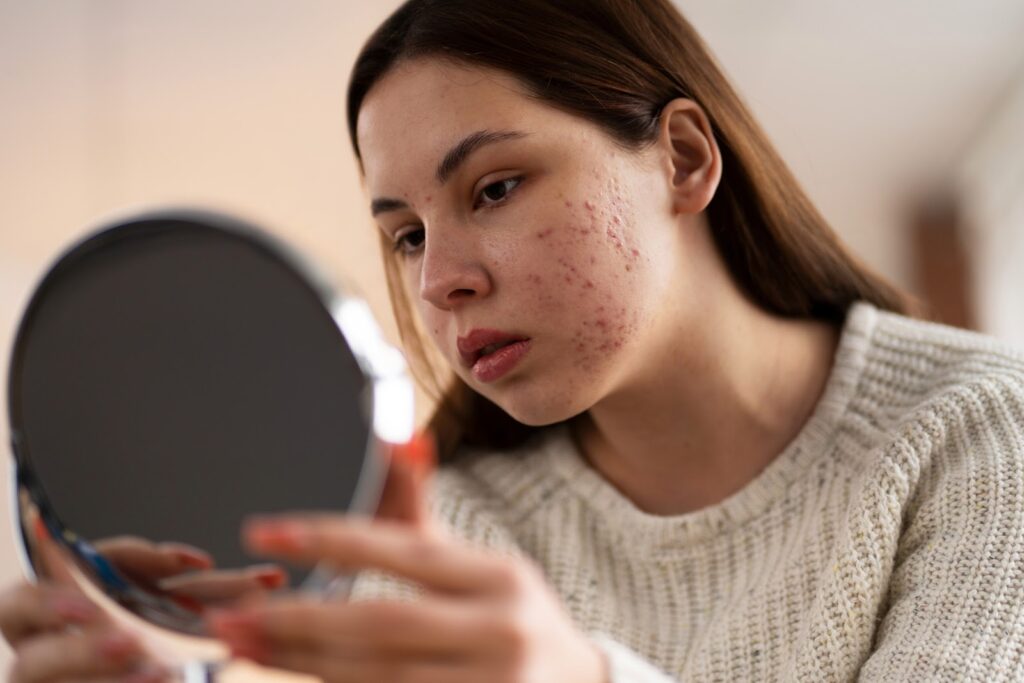
If you’re struggling with persistent acne that doesn’t respond to over-the-counter treatments or is unsure whether your acne is fungal or hormonal, consider consulting an aesthetic doctor. They can help assess your skin concerns and recommend appropriate treatments to manage acne and prevent future breakouts.
At Lux Medical Aesthetic Clinic, we’re here to help you understand your skin better and offer care tailored to your needs. Explore our services to learn about treatment options and professional advice for managing fungal and hormonal acne.
Conclusion
While both types of acne breakouts can appear similar, their causes, symptoms and treatment options differ significantly.
Hormonal acne is primarily caused by internal factors such as hormonal fluctuations and genetics. This condition often requires a combination of skin care products and medical treatments to manage sebum production and prevent clogged pores.
In contrast, fungal acne results from an overgrowth of yeast within the hair follicles. It typically requires antifungal treatments and lifestyle adjustments to reduce excess moisture and prevent further yeast growth.
By identifying the type of acne you have and following the appropriate treatment strategies, you can improve the appearance of your skin. Always consult a qualified doctor for personalised advice and acne treatments.
